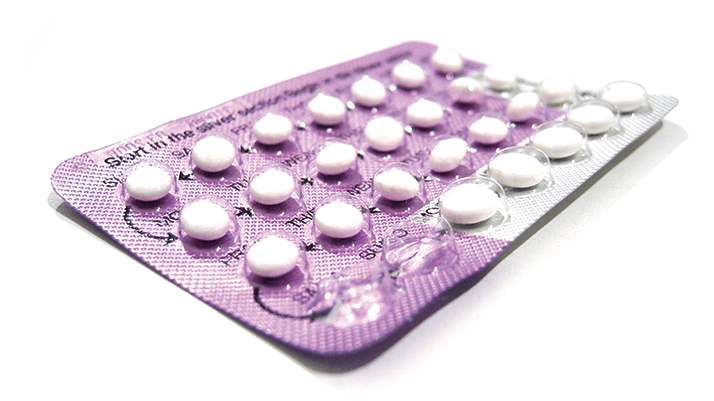
In 2011, Harvard Medical School researchers (1) reported that the use of oral contraceptives for five years or longer carried a 25 percent increased risk of primary open angle glaucoma (POAG). Now, a second study has provided supporting data: in a poster at the American Association for Ophthalmology conference (2), Wang et al. described a doubling in the prevalence of POAG among women who took oral contraceptives for three years or longer. The latest study used data from the US National Health and Nutrition Examination Survey (NHANES) to track self-declared glaucoma.
Future longitudinal studies and double blinded clinical trials are needed to detect any causative effect of longer term oral contraceptive use on the risk of glaucoma, the authors cautioned. In the meantime, suggests author Shan Lin of the University of San Francisco, “long-term oral contraceptive users who higher risk of glaucoma, such as women with a family history of glaucoma and those of African ethnicity, may consider being screened for glaucoma.” While the studies provide no information on the causation of POAG, the link with estrogen will surely spark interest. Giving estrogen to menopausal animals helps prevent glaucoma. “Estrogen receptors are present on retinal ganglion cells,” notes Lin, “and the hormone is thought to have a protective effect.”
References
- LR Pasquale, JH Kang, “Female reproductive factors and primary open-angle glaucoma in the Nurses’ Health Study”, Eye (Lond), 25(5), 633–641 (2011). YE Wang, DTQ Barbosa, Y Li, S Wang, S Lin, “Association between Oral Contraceptive Use and Glaucoma in the United States”, Abstract PO339, oral presentation given at the 2013 Annual Meeting of the American Academy of Ophthalmology, New Orleans.
